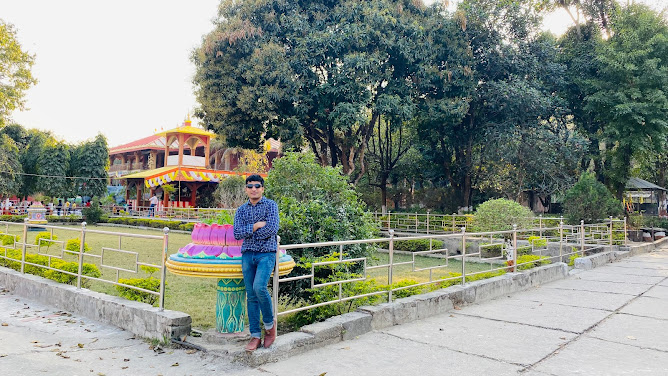The effectiveness and future prospects of aid cooperation have been subject to extensive debate. Critics argue that foreign aid has not yielded the desired outcomes and, in some cases, may have caused more harm than development. However, constructive critics such as Martinsen, critically evaluates the past of aid cooperation and argues that the potential of foreign aid is immense for the future. He suggest the adoption of new approaches and learning from past mistakes to make aid more effective. By employing innovative financing models, prioritizing targeted interventions, and fostering effective cooperation, aid cooperation can pave the way for sustainable development and positive impact.
Learning from the Past by Correcting Mistakes and Embracing New Approaches: To ensure a promising future for aid cooperation, it is crucial to critically evaluate past practices in light of current realities. Martinsen urges a thorough examination of past shortcomings to inform the development of new perspectives and approaches. Acknowledging that aid may not have delivered as expected, he emphasizes the need for corrective measures and the adoption of new forms of financing.
New Approaches for Effective Results: Martinsen emphasizes that aid cooperation must embrace new approaches to maximize its potential. These approaches include performance-based, priority-focused, and targeted financing. By linking aid disbursements to measurable outcomes, focusing on priority areas, and targeting interventions to address specific development challenges, aid can become more effective and impactful.
Components of Effective Aid Cooperation: Achieving successful aid cooperation requires a range of key components. These include policy development, technical assistance, monitoring and evaluation frameworks, fostering national ownership and political responsibility, setting development priorities, building capacity, engaging in dialogue and partnership, effective aid management, and implementing activities with a strong emphasis on sustainability and outcomes evaluation. By combining elements of both politics and management, aid cooperation can navigate complex challenges and achieve sustainable development outcomes.
Factors Influencing Success: The success of aid cooperation is influenced by various factors. Donor motivation plays a crucial role, as genuine commitment and a focus on long-term impact are essential. Clear and realistic aid goals must be established, aligned with the recipient country's development objectives. The choices made in terms of development cooperation models and strategies also contribute to success. Moreover, the form of aid financing, whether through grants, loans, or innovative mechanisms, impacts the effectiveness and sustainability of aid projects.
Special Models of Aid for the Future: To enhance aid cooperation's practicality and impact, Martinsen suggests considering four special models: (1) Aid for relief, welfare, and conflict containment; (2) Aid in support of globalization, liberalization, and standardization; (3) Aid in support of international public goods; and (4) Aid in support of poverty reduction and democratic society building. Evaluating the suitability and relevance of these models to specific contexts can inform future aid strategies and optimize outcomes.
Conclusion: The future of aid cooperation holds immense potential for fostering sustainable development and positive change. By learning from past mistakes and embracing new approaches, aid cooperation can become more effective, targeted, and results-oriented. The components of effective aid cooperation, combined with donor motivation, clear goals, appropriate financing models, and consideration of special aid models, will shape the future landscape of development assistance. By prioritizing accountability, flexibility, and impactful-ness, aid cooperation can contribute significantly to the achievement of sustainable development goals and the betterment of societies worldwide.
Martinussen, J.D. (2003) Aid: understanding international development cooperation. Zed Books. London.
















